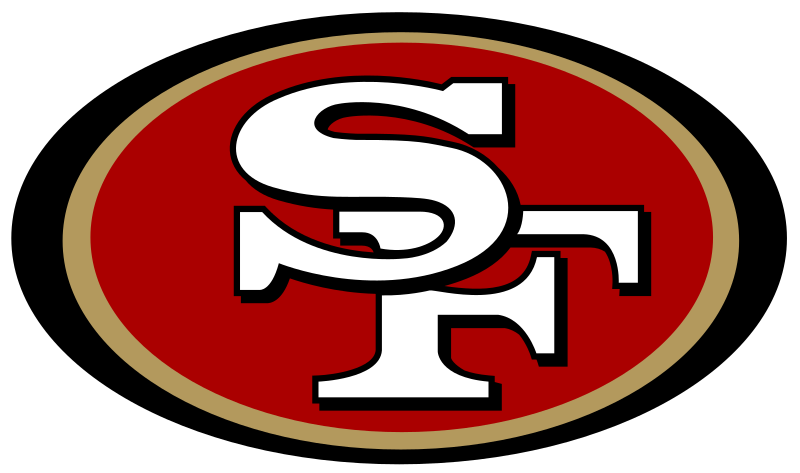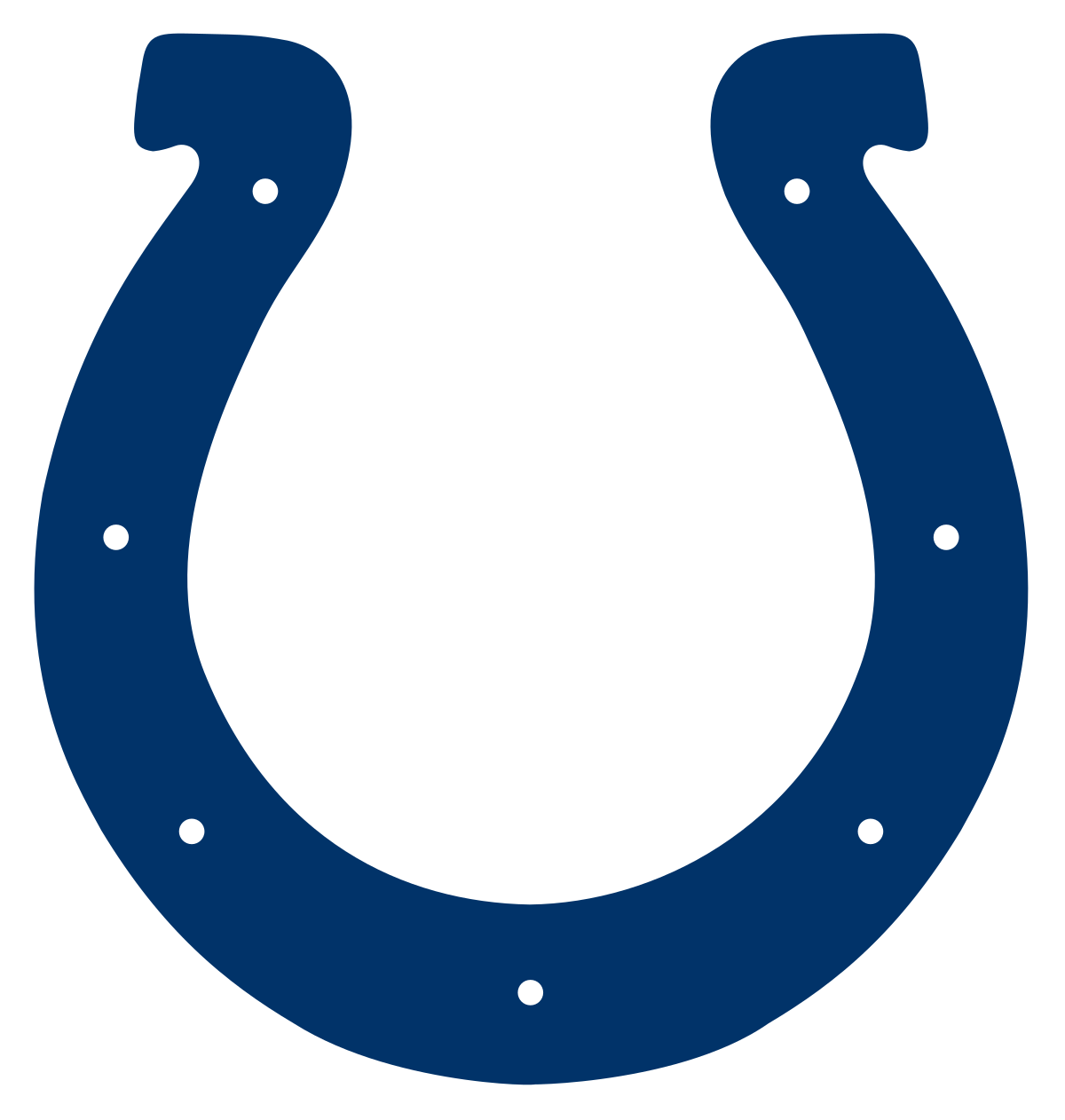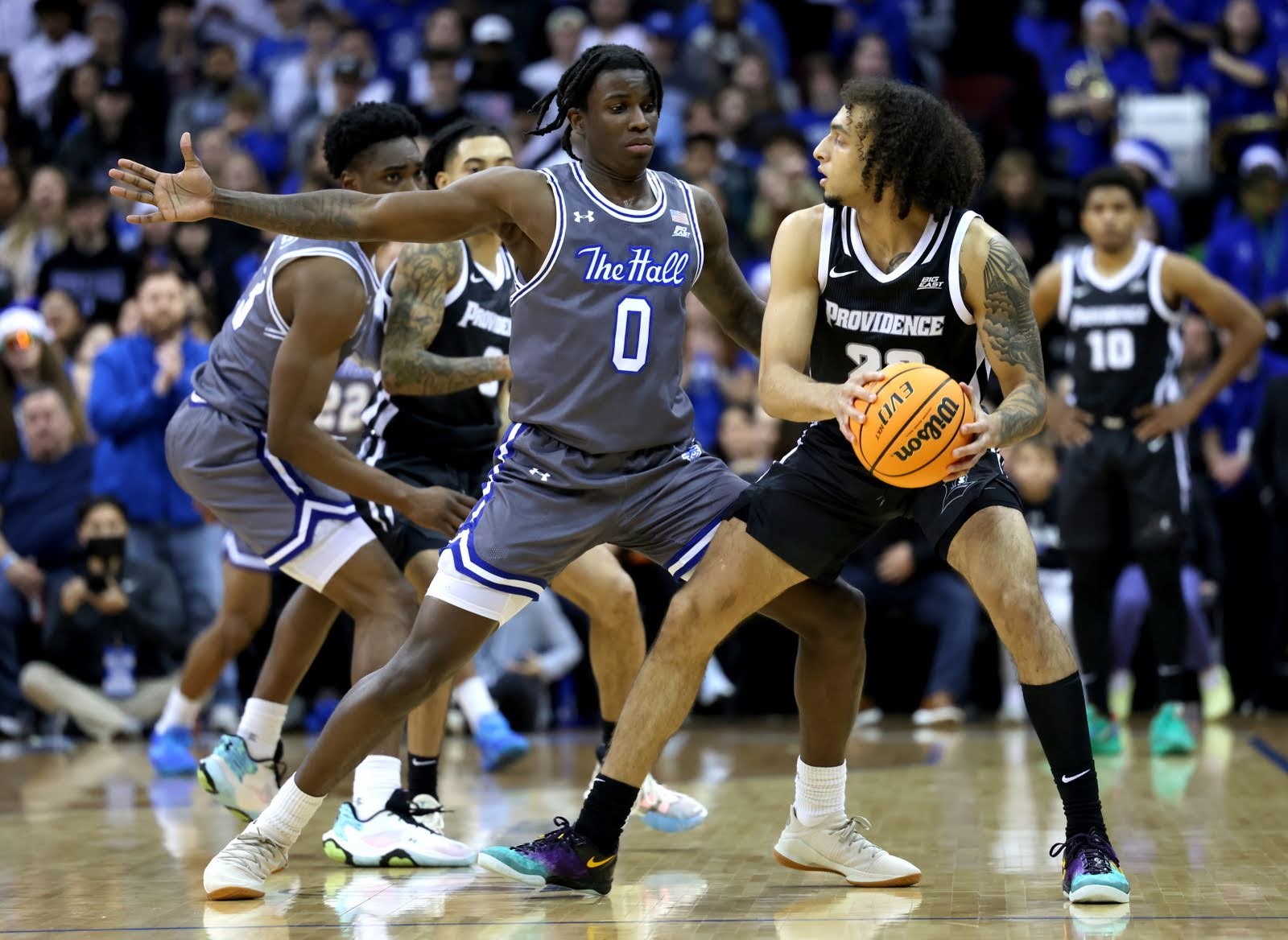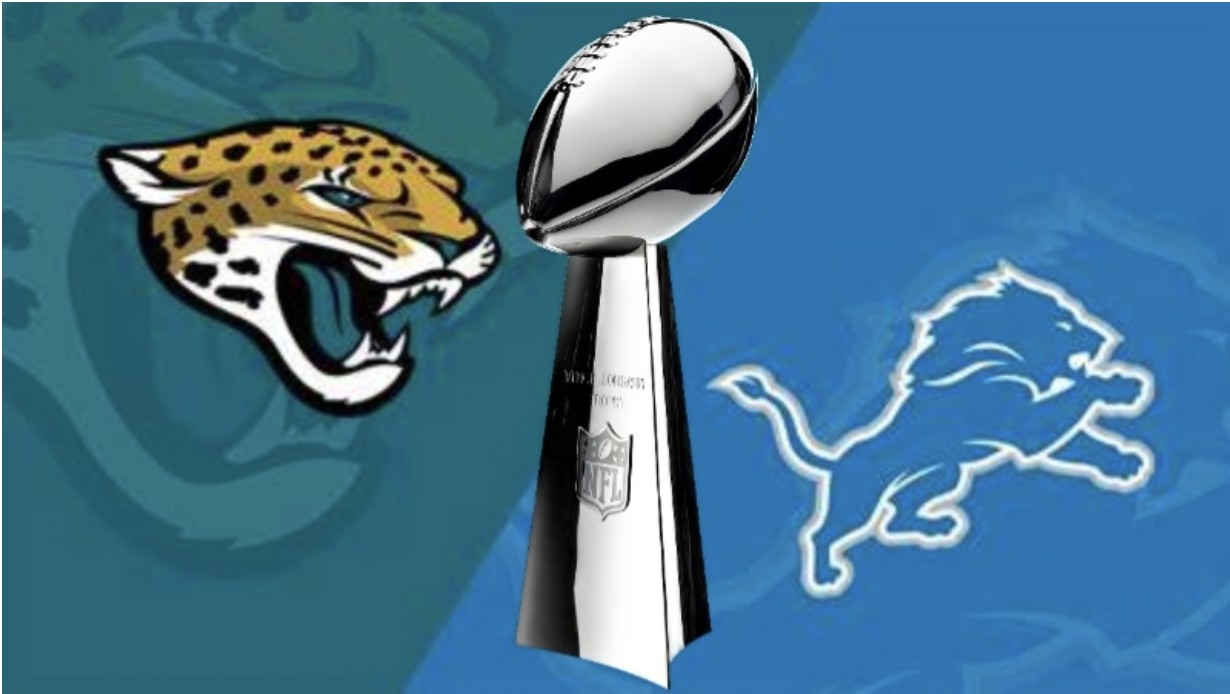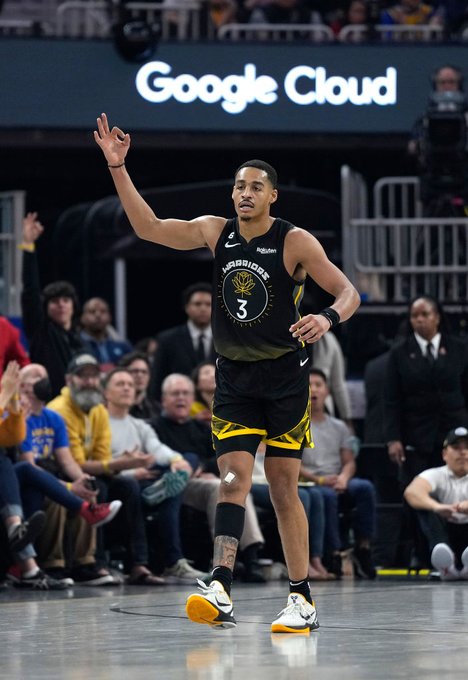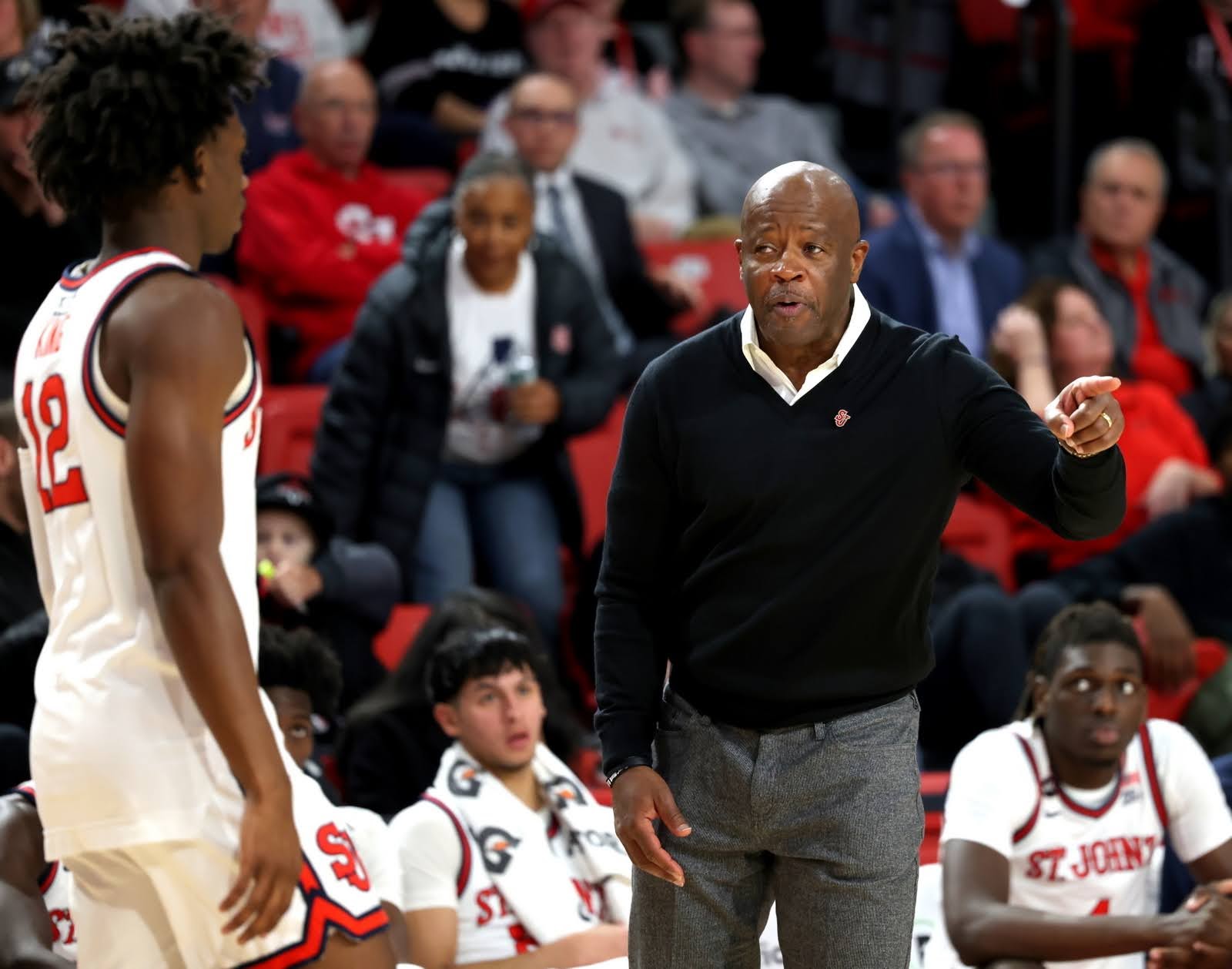COURTESY OF NEW ORLEANS SAINTS MEDIA RELATIONS DEPARTMENT
First off, how are you feeling physically?
“I’m doing well, thank you. I’m past two weeks now removed. It would’ve been two weeks this past Monday, so 16 days now. I’ve been cleared for six days. Basically for me and I said this earlier, my first symptoms came on that Monday and they were much like, we would all know as the flu, where I had chills. I had a low grade fever, aches and I never had any of the respiratory problems. Then that Monday afternoon I was able to have a test taken and really just stayed in the house sleeping. Thursday I received the results back, but I’m fortunate that I was in that group of the 95 percentile I guess you’d say that that had it recovered from it. My understanding now is slim to zero, a hard chance to get it again and zero chance to give it, right now. Today’s our first day back. We’re getting started, we’re not in the offices. The offices are closed for football business, but we did start our draft meetings today and those are kind of set up a little differently this year, with all our scouts Skyping in, teleconferencing in. Mickey (Loomis), myself, Jeff (Ireland), with the position coach, maybe a few others, are in a large meeting room spread out with a lot of monitors. Depending on who we’re reading, what player group we’re reading, different people Skyping in. We’ve started this morning, this will go on for really the next 11 or Days or till Easter. Our meetings will take place and we’re kind of in a remote location. We’re over at the Dixie Brewing Company actually, which is a brand new facility in New Orleans East and it’s really a way from any high traffic area
and it’s also closed. We’re the only ones here.”
What have been some of the biggest challenges of just trying to scout players during this shutdown?
“Well, look there’s a handful. The offseason relative to the players, it’s completely changed. Generally the month of March, early April players have these pro days. All of those have been canceled and so I would say one of the challenges would be that that box, if you will, that you check off, whether it’s the measurable the height and weight. We have a lot of those checked, but there’s probably more unchecked boxes this year for teams than normal because that month of March after the combine was eliminated and look that’s part of the deal. Right now, for every team is this final stack of organizing your board and discussing the vision for each of these players. Today, we’re on quarterbacks and then running backs later in the PM tonight and then just each day we keep moving along and we do it by position. But I’d say logistically, the physicals, their health, the rechecks, some of the things that take place after the combine that are going to be, probably much more difficult to do. Those would be the things that come to mind.”
Are you more hesitant to draft a player with a red flag, whether it’s character or injury, due to the current pre-draft situation?
“I would say this, I think it’s a good question. I think the big thing is, let’s just say it was a health issue and it was a player we were very interested in. In the normal schedule, you might fly that player in and investigate the data a little bit more, the injury a little bit more, look at it a little bit closer. If it was a character concern, you might bring that player in or go to the school and spend more time. The grade and the system and the way it’s set up on the board remains the same. But you may not be able to clarify or clean up some of the question marks you normally would in each year. How do we philosophically then approach the draft this year? I think it’s a great question. You might be more conservative relative to, aversion to taking a risk if you don’t have the information that you’re looking for.”
Did you have a meeting with Jordan Love and are you having a lot of virtual meetings with players currently?
“Yes, we spent a whole month with virtual meetings. We had quarterbacks, we had linemen, anybody that we didn’t get completely at the combine, anyone we had follow up work to do. These players understand how to get online and boom, you can go through series of questions. I wasn’t a part of the virtual meeting with Jordan (Love), but I know we’ve done a ton of those in lieu of the pro days. Where you might have those chances to do it in person.”
What do you see in a guy like Jordan Love?
“We just finished him. I see real good arm talent and a player that has a great release. He can throw from out of the pocket. He can throw inside the pocket. He turned the ball over a lot this season. I think he was above 30 when you looked at his interceptions and fumbles (combined). They had a coaching change though that I think hurt him to some degree, but (he’s) someone that obviously is a talented prospect that’s probably going to get drafted in the first couple of rounds of this draft, first or second round of this draft.”
What’s the process of the virtual meetings with draft prospects and what are you missing from the normal meetings, physicals aside?
“The virtual meeting, it’s not counting as a visit, it’s just a fancier phone call and yet you can actually take a player through a task. You can spend time with someone, maybe outside the 10 minute or 12 minute timeframe you have formally at the combine, then you interview someone, the horn goes off and the interview’s over. A lot of times when we leave the combine, there’s some followup work still. We have to follow up on this, follow up on that. And so it’s just a way to have eye contact with a player, be it through a scout, position coach, director and really it’s just additional time spent.”
What is your draft plan if you’re not allowed in the facility by draft day?
“We’re going to be right here (Dixie Brewing Company). We have the board set up here. This facility is fantastic, but if I showed you a picture of the room, it’s a big boardroom, clean , it’s brand new. There’s no one out here. We have our board set up, we have seven monitors. This is where we’re going to be. This is where we’re planning on setting up shop for the draft and we’re operating accordingly.”
Do you have rules of how many people can be there?
“We’re using all the CDC guidelines. We’re coming in, every one of us took our temperature before we went in the room. There are seven of us total in the room. We’re certainly distanced away from each other. There’s plenty of space. I’m kind of like the guy they all want us to sit away from (laughter) and I’m like ‘I’m the safest guy in the room here’ and then the monitors have all the scouts and everyone else (conferenced in). So total people involved in the meeting might be 20, total in the room would be six or seven.”
Did everyone have to get tested beforehand?
“No, it is just using some common sense as you enter the room. In other words, there is a measurement here that just takes your temperature, you record it. Obviously, your hands are clean and we are not in suits. We are talking about seven healthy people in a room spread out and everyone else being conferenced in. We took a lunch break. We are getting ready to get started again for this afternoon. We’ll go well into the evening and then get up and start again tomorrow. A much smaller scale of what we normally (do), this meeting a year ago would have 20 something people in it, instead of just six or seven and that’s been the biggest change.”
I know you have prototypes for the draft picks, but do you have the same prototypes for your free agent veteran players?
“Yeah, the prototypes are the prototypes and so we pay attention to if we’re signing an undersized player, we understand he does not need prototype, but we think he does this well. Absolutely, those never go away.”
Do you have an exception in certain cases?
“Yeah, prototypes are just what they are, they keep you on schedule relative to height, weight, size, speed, measureables for the position and yet there’s exceptions all the time. They keep you on schedule, you pay close attention to them and yet they’re not eliminators in some cases you just understand if a guy isn’t prototype, there’s a letter grade that’s given and you understand with his grade what’s kept him from being prototype. Is it his height? Is it his weight? Is it a speed, you know, what is it? But it doesn’t prohibit you from signing or drafting a player.”
Has Drew Brees told you this is his last season?
“No, I’m a big dummy. Yesterday we got chatting on ESPN and I think the way I worded it was that he’s coming back for his last year. I think, I honestly do not know if it is his last year. I think the thing he’s done and we’ve all done is taken it year by year and man that thing blew up on me. A few of you guys texted me right away and I thought, holy cow, I’m glad he’s in San Diego, let him deal with this (laughter). But I think his plan is to take it year by year. This year he spent some time, he spent a lot of time really making sure he was ready to come back, not only physically, but mentally and obviously that was my fault and it’s not like a big secret that I let out of the bag, but it was more or less first, he’s back again for another year and probably in my mind really, started with the idea that this year was unique in that he spent some time thinking about, Hey, am I ready to come back for another season? Before we deal with the year after this season, I know the focal point for us will be this season.”
Have you had a chance to look ahead and are you operating as if there won’t be an offseason program?
“I think we like everyone else are waiting and I think it is going to be challenging to have an offseason program. Certainly, we’re not going to have an offseason program that isn’t without change and look in 2011, which was the lockout season, there was no offseason program. In other words, we had the draft and then we saw everyone at the start of training camp and off we went. We’ll be prepared as a club and as a team to operate accordingly and really wait for guidance from the league office. But right now, the focus this month is the draft that takes place at the end of April and the guidelines in front of us right now are away from your facilities, being smart, the most important thing for every one of these guys involved and I said it on our conference call yesterday with my coaches, with everyone in football operations. It is the health and safety of our families. That’s number one. When something like this is taking place, anything outside of this seems very, I would say down the road relative to priorities and I know it’s the draft and it’s important, but it’s not as important as New Orleans and Louisiana’s recovery in our ability to fight this, because this month is going to be our toughest month.”
There’s been talk about load management. What are some of the positions that are harder to load manage than others?
“Look, I understand load management relative to practice, relative to training camp and to some degree relative to a game, but we focus a lot on those veteran players. Terron Armstead, Drew Brees, Jared Cook, Cam Jordan, Malcolm Jenkins now that he’s back. Those will be certain players that have played a long time in this league that are very sharp mentally and the key is then making sure they’re optimum. They’re at full speed on gameday and so they don’t require sometimes the same amount of reps or snaps during the week, but young players the same way. We’ve done that with Mike Thomas, been smart and tried to really pay attention to the practice reps. When it comes to the game it’s a little different. It’s different than basketball, and yet we can kind of control snap count if we feel like we need to.”
How are players rehabbing from surgery or injury?
“All of that is very much the same as it normally would be. Our training room is open. Our trainers are there, our players who are in town recovering from surgery, recovering from the postseason are doing so. Some players are doing that at home, that would be the case every year. Some players are doing it here locally so that’s been, I’d say affected at a minimum.”
Has Emmanuel Sanders been able to sign a contract yet because of the issue with
the physicals?
“Yeah, I know that there’s been a lot of players getting physicals at other locations then the team city, like they normally would. Normally a player would come in here, have a physical at Oschner and then come to the facility, sign a contract. And so I know teams, clubs are relying on other facilities to do the physical and I’m under the assumption all of that has taken place.”
I think his didn’t officially go through the wire, so I was just curious if that was a just a lag or something else?
“Yeah, I think if it hasn’t yet, it will be. I’m confident that’ll be smooth.”
The new players such as Emmanuel Sanders, without OTA’s and all that stuff how will you go about teaching the playbook?
“Well, it’s no different than 2011. You’re going to send them a playbook, you’re going to send them video, a position coach might get on the phone and say, Hey, I want you to look at this section here. There’ll be times when, as we get closer to training camp, assuming training camp is still held at the end of July, depending on what happens to our offseason, a lot of it will be done either via the mail, via the phone and we’ll get those players up to speed as quickly as possible once we’re together.”
Does that also mean players are working out under the team specifications?
“Yeah. Again, no different than ’11. These are all paid professionals. These guys are all going to understand the importance of taking care of their body. Certainly it’s easier when they’re at your facility, but clearly with where we’re at today, most all of them are at home with their families where they’re should be.”
In 2011, I don’t think you could have contact with players though. Will you like orchestrate a program? Will Dan (Dalrymple) be in touch with them with the program you want to keep them on?
“I don’t think ’11 prohibited you from practicing or any of those things. Drew (Brees) had a few throwing sessions and practices, but it didn’t prohibit you from I think sending something in the mail. Look, every team is going to be able to get the information to their players and adjust accordingly. I think one of the things we do well is adjust. Whether the schedule changes and all of a sudden you’re playing at a different time. You’re having to play over in London. Maybe there’s a hurricane that forces you out of the city for a week. No different than any one of those things, be it at a larger scale, this certainly at a large scale, we’ll adjust accordingly and get the information to our players and then plan accordingly.”
With all of this uncertainty surrounding the Coronavirus, did that affect the way you guys approached free agency or was that pretty much business as usual?
“It didn’t affect how we approach free agency. It’s a good question. I don’t think we acted or reacted differently because of this virus relative to free agency. We approached it much the same way, most of the work had been done. Obviously what changed (is) the idea that a player might come in for a visit with his wife, look around, make a decision. That shifted a little bit, but we didn’t approach free agency any differently.”
Would the uniqueness of Taysom (Hill’s) role affect what you look for in your third quarterback?
“No. Look, the uniqueness of Taysom’s role will make it important for us to have a third quarterback. But what we are looking for in that third quarterback is another player we want to develop, work with and improve and someone that we feel like either we acquire through the draft potentially, through free agency. We’ll look at all means relative to where that player can come from. We’re not specifically saying that has to be a player that comes through the draft. We’re not saying it has to be a veteran player. It’ll be the best available player that we feel like fits our program. But we know that with what we want to do with Taysom that we’re going to have not only the third quarterback, but that quarterback is going to be up on game day.”
I want to ask you about Jeff Ireland and his impact. He’s a guy that we don’t talk about a lot, what makes him such a good evaluator and good at what he does?
“Well look, he grew up a scout and man, that’s how he cut his teeth. He’s been around, I’d say his bloodlines are outstanding. We met when I went to Dallas with Bill (Parcells). Jeff was there and we formed a real good relationship there. Of course years later then when I came here shortly after Jeff went to Miami with Bill and Tony (Sparano). So I’ve known Jeff for quite a while. He loves the grind of the film. He loves still being on the road, getting to these workouts, getting to these campuses. He’s put together a real good scouting staff. I think we’ve done a really good job that way. If you were sitting in on these meetings, you’d see the attention to detail that takes place when we discuss a player. I think he’s someone that not only is a close friend but, a talented, talented evaluator. And I think it just starts with his background as a scout and his background of being with some really, really good personnel people.”
When you look back at this month that’s been so surreal for everyone, what’s been the most surreal part of all this for you? Even if it’s just the humor of people trying to figure out this technology all of a sudden?
“Well, honestly, for me it’s more the severity of it. For me, it’s the, man, this is something globally that you wake up each day, you put the news on. I find myself watching a lot of the news and being updated on just the totality of it all and now how it’s impacting our region in, we’re one of those hotspots. And I think that it’s only going to get worse here before it gets better. It’s much different than 9/11 and yet I was in New York during 9/11 and yet there’s that similar type reaction though when it hits home to everyone.”
ESPN is rebroadcasting the 2006 dome reopener on Monday night. I know the Saints are planning some things where some people might live tweet. I don’t know if you’re going to be doing that, but will you be watching that game and reliving that?
“No, I saw something on the internet about it, but I probably won’t be tuned in. There are just too many other things going on. Obviously I had an hour to kill the other night and I could have been there for four hours and it was just started with a simple play and it turns into three or four plays. But we had some fun.”
You just made the comparison to 9/11, but obviously being in New Orleans the year after Katrina, do you see some parallels to that as well?
“All of it. It’s someday sitting down and talking to your grandchildren about, Hey, I was here, I was there and all of these things are life changing experiences certainly.”
You were chasing (David) Onyemata, (Emmanuel) Sanders, (Malcolm) Jenkins. What are maybe some of the checklists that your thinking free agency, draft that you feel like still maybe needs to be addressed?
“Well, look, we’re going to be smart with the draft relative to the grades and paying attention to our board. There’s still a handful of things we’re looking at relative to either the kicking game (or) interior offensive lineman is something we’ll pay close attention to. We think this draft has got some really good options there. I think obviously there’s a lot of receivers in this draft. I think from a secondary standpoint we’ll pay close attention to the corner market and then I would say also in linebacker.”
What’re your thoughts about what’s going on in the NFC South particularly with Tom Brady coming to Tampa Bay?
“Well it’s certainly a big change. Obviously you defend his talent and I’ve said this before, which is outstanding, but it’s also what he brings to the rest of the team. One of the great strengths a player like Tom has is those others around him get better and I’m sure we will see an entirely different type of Tampa Bay team because of his presence. He was a great sign by Tampa. This division has gotten a lot stronger.”



